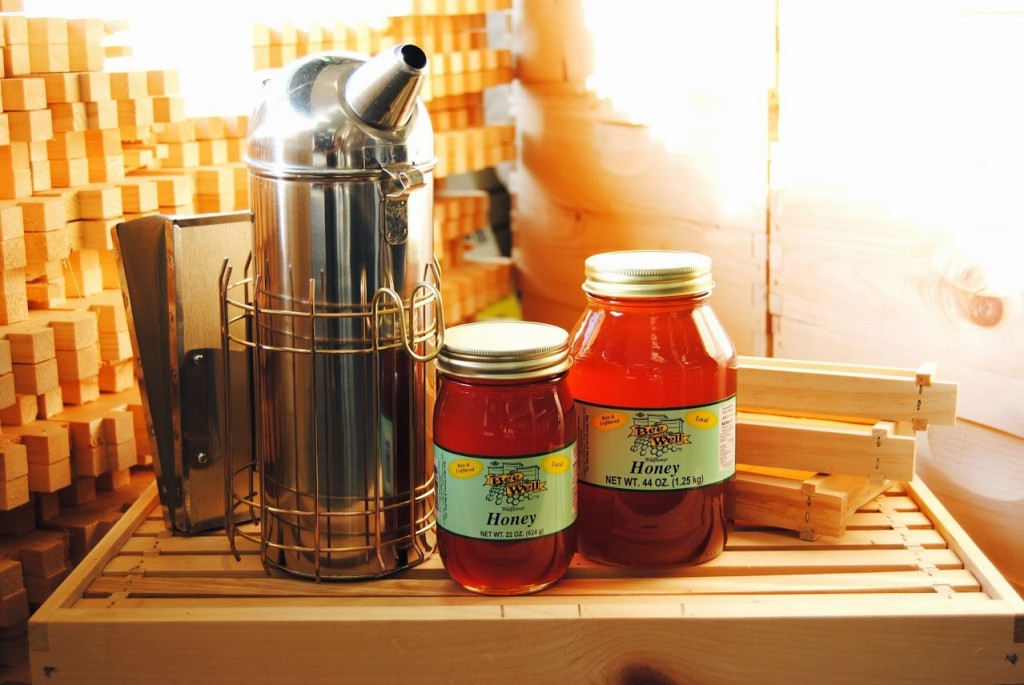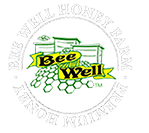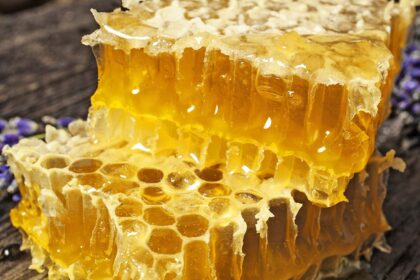
Estimated reading time: 5 minutes
The most asked question we receive is “How do you process your honey?”
There are many different ways to process honey and most of the decisions are based upon the quantity of honey to be extracted. One of the most important factors in our process is to handle the honey to preserve every single quality that the honey provides for nutritional value.
Over the last 20 years that I have been a beekeeper, I have had to make changes every year to improve. Many times I have discarded certain things like heater belts and large wax melters to improve the procedure.
Read more to learn about the Bee Well Honey process.
Step 1: Harvesting
First, the beekeeper should remove honey super from colonies in the field and this requires clean trucks and a means of protecting the honey as you travel from the weather and road debris. 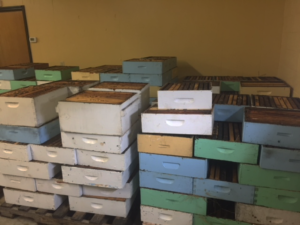 Once the honey is safely inside your honey house then the extracting process can begin. We keep our honey house between 70-75 degrees.
Once the honey is safely inside your honey house then the extracting process can begin. We keep our honey house between 70-75 degrees.
Step 2: Uncapping
There are capping forks, capping rollers, hot knives, etc. But, we use this FDA approved Silver Queen Uncapper from Cowen Manufacturing.
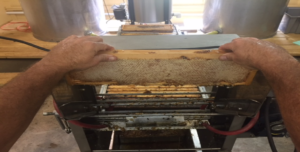
You place your frames in and the moving horizontal knives slice off the cappings.
We choose to not use the steam heated attachment to heat knives because of the honey becoming too hot and caramelizing on the knives. It works fine with no heat.
This method also makes little damage to the comb and is easy for the bees to clean and refill.
Step 3: Dealing with the Cappings
Cappings are a good place for small hive beetles to hide so it is extremely important to handle cappings quickly.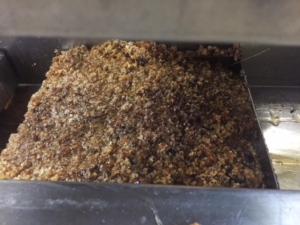
We struggled with this process for many years but, I feel we now have the best procedure for our scale production without the expense of high-tech equipment. It’s actually so much easier than all the other ways I have tried over the years and so much cleaner as well. Melting wax can be a mess.
The first part is to catch the cappings in a screened pan that sits under the uncapper.
We let the capping drain overnight.
Step 4: Spin the Cappings
After the cappings drain overnight, we place them into a Maxant Cappings Spinner. This spins all day while we extract and continues to sling the honey from the cappings.

I do love this little guy. This Maxant Mini Uncapper is the best addition to our honey house.
We don’t rush through the extracting process because we really try to get every drop and we have so many customers and tours that like to see the extracting process. It is a great teaching opportunity for us and we enjoy teaching others.
This machine is quiet and we also get a lot more honey.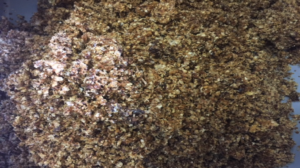
When the cappings are emptied the next morning they are dry like corn flakes.
Step 5: Melting the Cappings
We simply pour the cappings into our wax melter which actually is the first Dadant Sump Tank we owned.
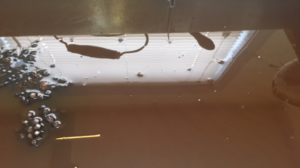
It is water jacketed and melts the wax great.
Step 6: Straining the wax for candles and blocks for retail

Step 7: After the frames of uncapped honey are placed into the extractor let them spin until you get every drop.

Step 8: The honey exits the extractor and drains into a stainless FDA approved Tank which has a float and pump.

When the honey passes through the baffles that are designed to catch the cappings and debris from the extractors and as the tank fills to the appropriate level a switch activates a Kelly Bees pump to pump the honey.
Step 9: Honey enters the settling tank.
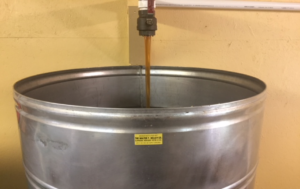
Step 10: After 24 hours the honey has settled and is ready to bottle.
